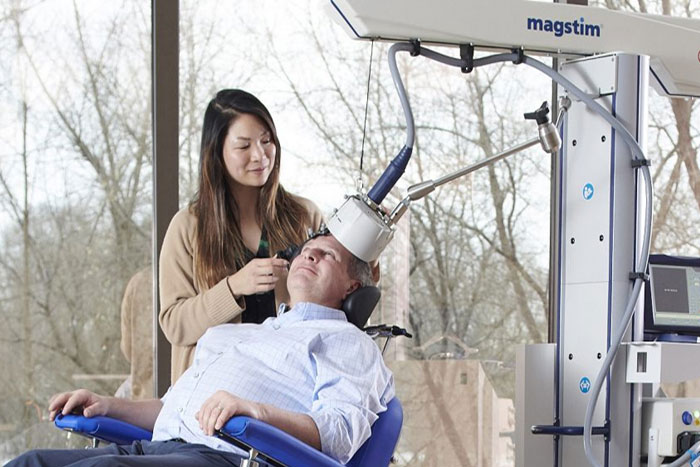It’s common for patients to express concern as their therapy comes to an end, significantly when their mood and quality of life have improved. Seek advice and support from your TMS Therapy provider, treating psychiatrist, therapist, and loved ones to help you establish ways to help you navigate your emotions during this transitional phase from treatment’s close to its finish and beyond. It’s also crucial to adopt measures that support a healthy quality of life after treatment, such as regular exercise, a nutritious diet, psychotherapy (if required), and enriching social activities with assistance. Positive and energizing lifestyle strategies will be quite beneficial.







